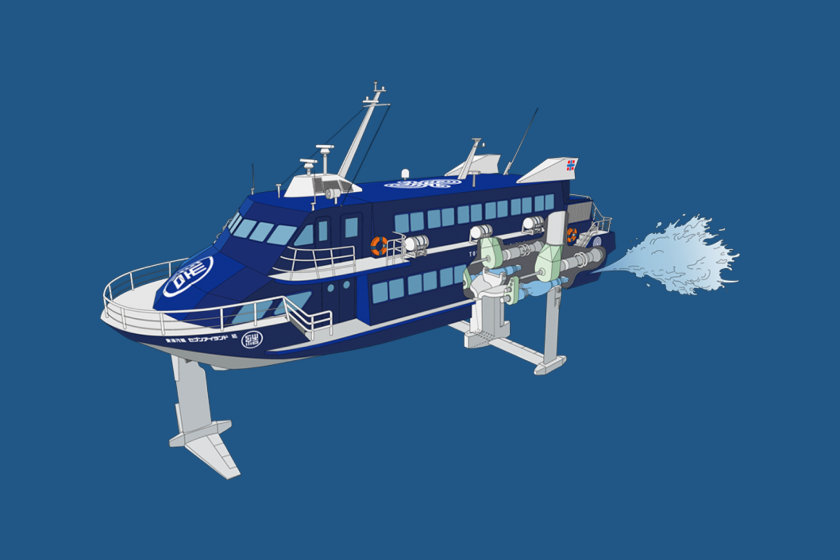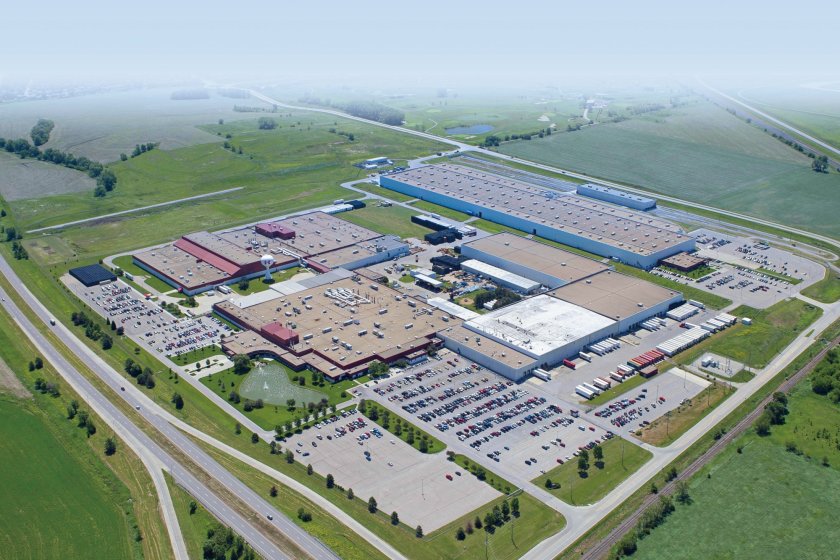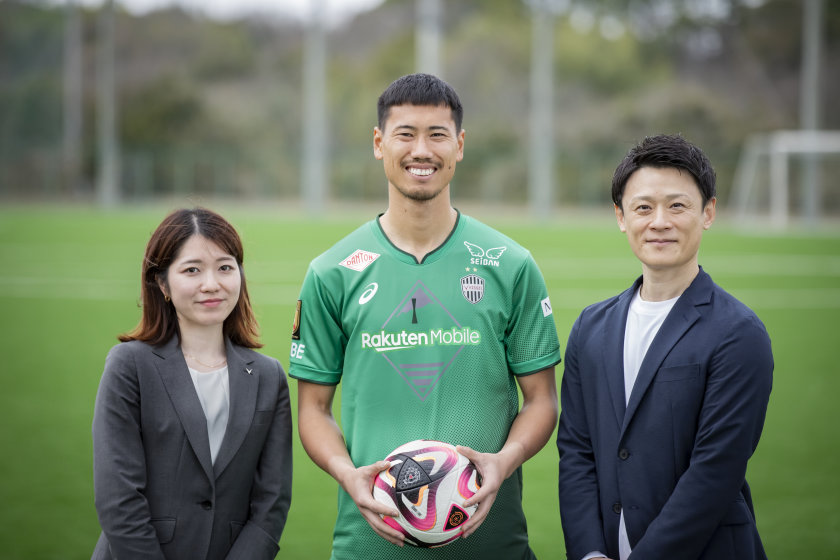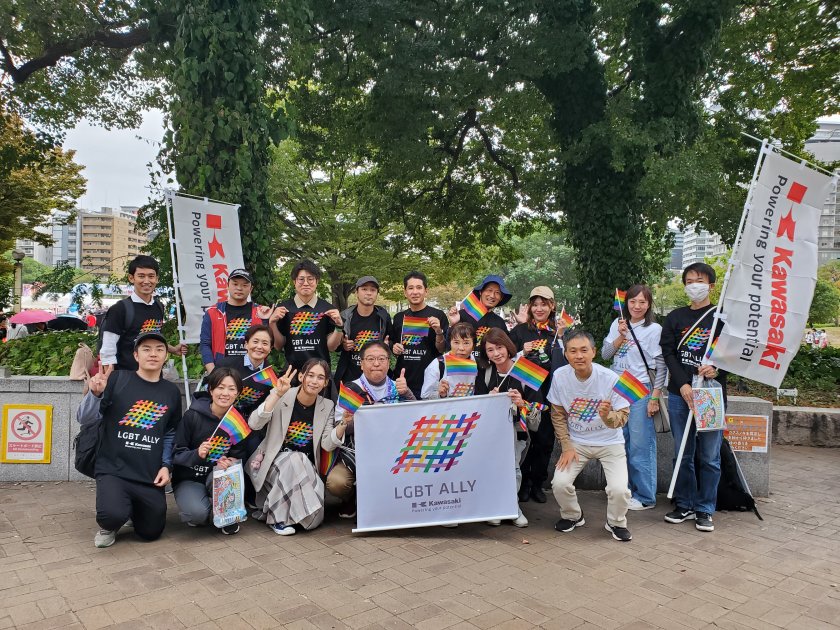The Tanegashima Space Center has the core role in launching satellites for domestic space development. Two Kawasaki engineers are involved in the launches and were asked about the key point in sending rockets into space.
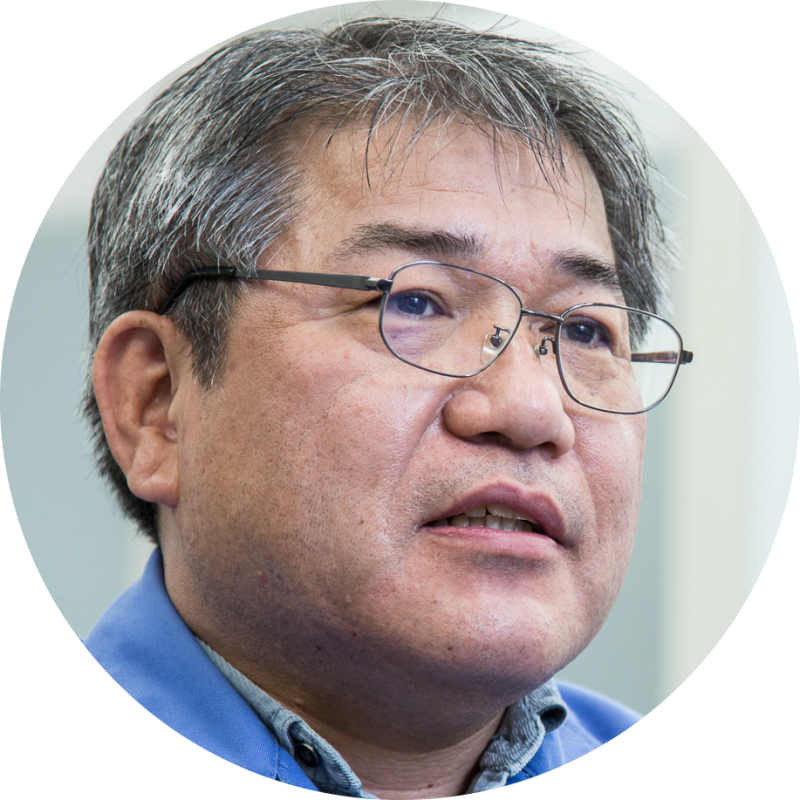
Section 2, Cryogenic Storage System Department
Cryogenic Storage System Engineering Division
Plant & Infrastructure Company
Kawasaki Heavy Industries, Ltd.
Akio Miyamoto joined Kawasaki Heavy Industries in 1986. After working in a department engaged in the development of hydrogen storage alloys, he was involved in designing passenger bridges for aircraft and ships, and designing aircraft maintenance docks. Subsequently, on a temporary assignment to JAXA (Japan Aerospace Exploration Agency, back then still called National Space Development Agency of Japan [NASDA]), he worked as a facility modification and improvement engineer at the Tsukuba Space Center. From there, he became Site Manager of the Tanegashima Site Office charged with launch operations and maintenance duties.
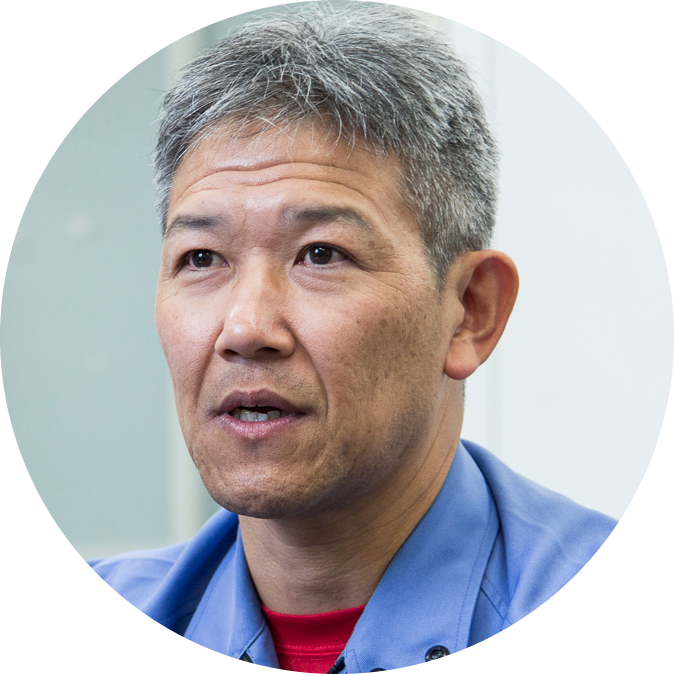
Section 2, Cryogenic Storage System Department
Cryogenic Storage System Engineering Division
Plant & Infrastructure Company
Kawasaki Heavy Industries, Ltd.
Jun-ichi Sugimoto joined Kawasaki Heavy Industries in 1990.Initially assigned to the Industrial Equipment and Energy Storage System Engineering Department (now the Cryogenic Storage System Department), followed by a post designing spherical storage vessels and flat-bottomed LPG storage tanks, he came to JAXA on a temporary assignment, charged with the development of the launch facility for H-II A rockets. Since fiscal year 2012, he has been involved in launch operations and maintenance duties as Deputy Site Manager of the Tanegashima Site Office.
The Faith that “We Will Make the Launch a Success”

In addition to JAXA, Mitsubishi Heavy Industries, IHI Aerospace, and Mitsubishi Electric, etc., there are innumerable other companies involved, such as local companies that help with operations or fuel transportation. All of them fulfill important missions, and if even one is missing, there will be no launch.
Naturally, all companies participating in projects at the Space Center are in possession of technological expertise, but beyond the technical aspect, there is a palpable sense present in each company that “we will make the launch a success.”
Still, if a problem arises, a number of decisions need to be made quickly, centering on Mitsubishi Heavy Industries as the organizer of overall launch operations, such as which steps would best be taken next, how many days it may take to fix the problem, and how this will change the schedule.
The key to solving a situation of this kind is unity among the participants. People sharing the same strong belief and trusting and supporting each other - without this kind of cooperative system, launch projects would never get off the ground.


One difficulty concerning projects at the Center is that most equipment/facilities are only in operation before and after a launch. If the equipment were in continuous operation, problems could be detected in a timely fashion, and problem resolution manuals could be updated along the way. However, equipment/facilities here are operated at a rate of once every few months. Although careful checks begin about one month before a launch, in not a few cases malfunctions suddenly spring up.
Moreover, since not all of them can possibly be checked at the same time, we cannot eliminate the possibility that situations requiring emergency measures may arise. When that occurs, we immediately inform Mitsubishi Heavy Industries, and depending on the impact on overall work, the launch schedule is adjusted accordingly.
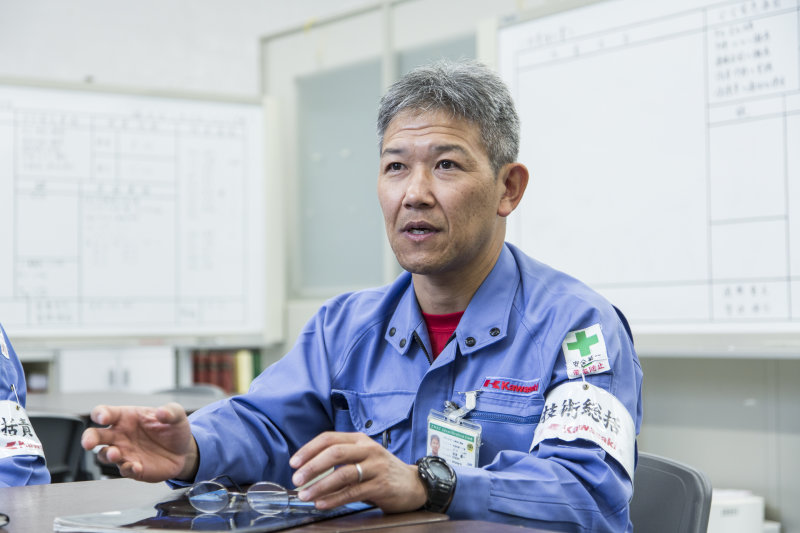

In an emergency situation threatening a launch, mutual support is the only way to go. Kawasaki takes the lead in notifying all companies involved, and schedules are adjusted. Conversely, there are cases in which we need to suspend work because of problems with equipment that is the responsibility of another company.
To be sure, when that happens, there is no time for complaining. If their work is not going smoothly, there will be no successful launch.
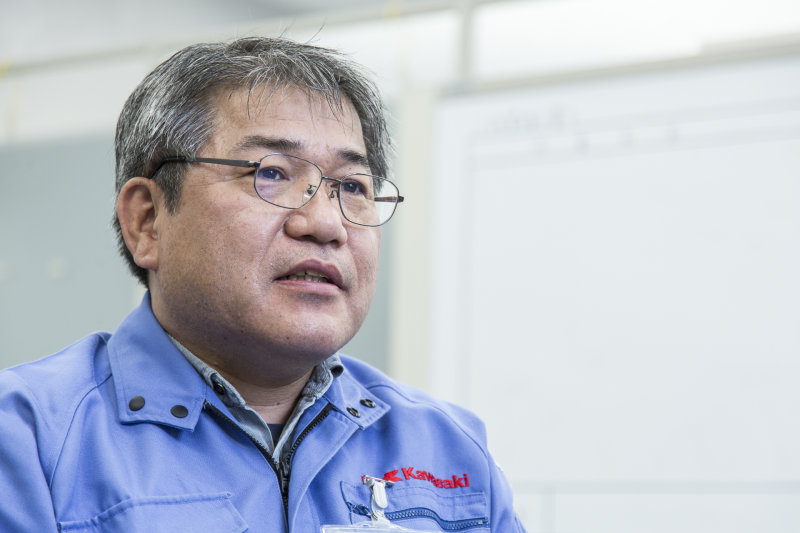
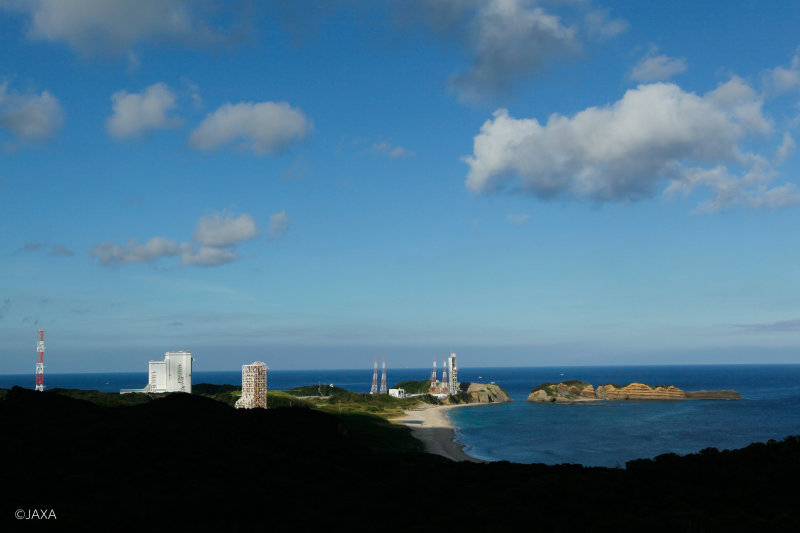
Farewell Gathering for the Dismantling of the Osaki Launch Complex

Earlier, I briefly mentioned the Osaki Launch Complex, which was already in existence at the inception of the Tanegashima Space Center. The Complex was decommissioned and then dismantled in 2013. At that time, JAXA held a “farewell” gathering.
Of course, those employed at JAXA at the time were present, but there were also retirees and some of our employees who, back then, were involved in designing and operating the Complex. It made me very happy to find out that people from other companies were still aware of the names of our staff who initially designed and operated the facility.
Some of the names belonged to employees who were already retired from Kawasaki, but even those names were still fresh in people’s memories, judging by exclamations like “It’s been a long time, hasn’t it?” or “Too bad Mr. So-and-so couldn’t make it today.”
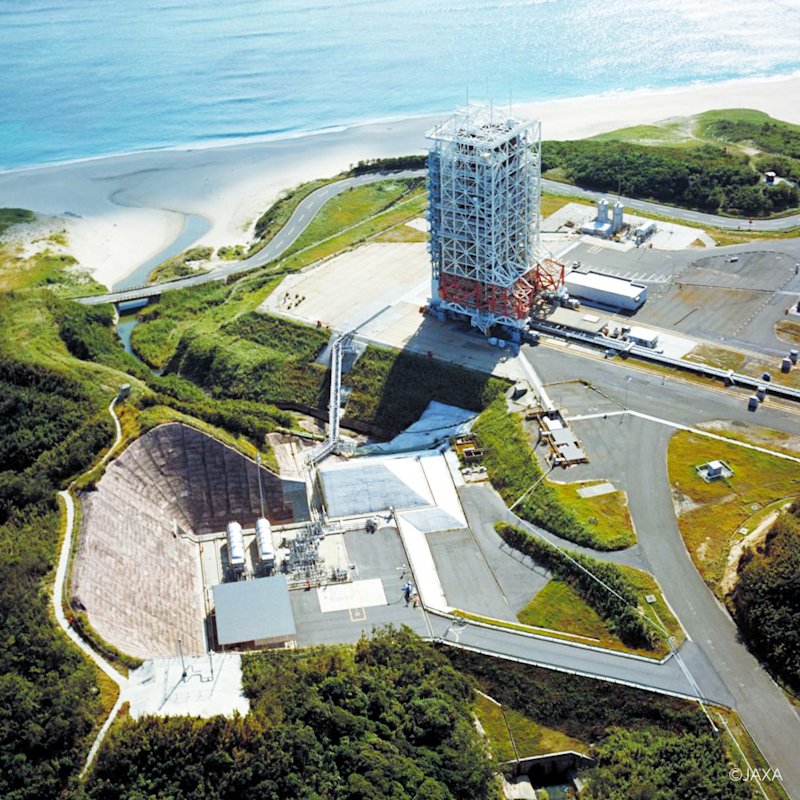

This episode made a deep impression on me, because it underscored how much depends on people, not just on refined skills and cutting-edge technology. To be honest, working here can be challenging! Completing jobs across company divides involves pressures as great as the tasks. Even so, you can sense that there is a foundation of mutual respect between all of those involved in launch preparations. I think the reason for that is that everybody understands that no single manufacturer or individual can make a launch project a success.
The bonds first established 45 years ago have strengthened year after year. With these relationships alive and intact, I would like to continue working with everyone to get more projects underway.





